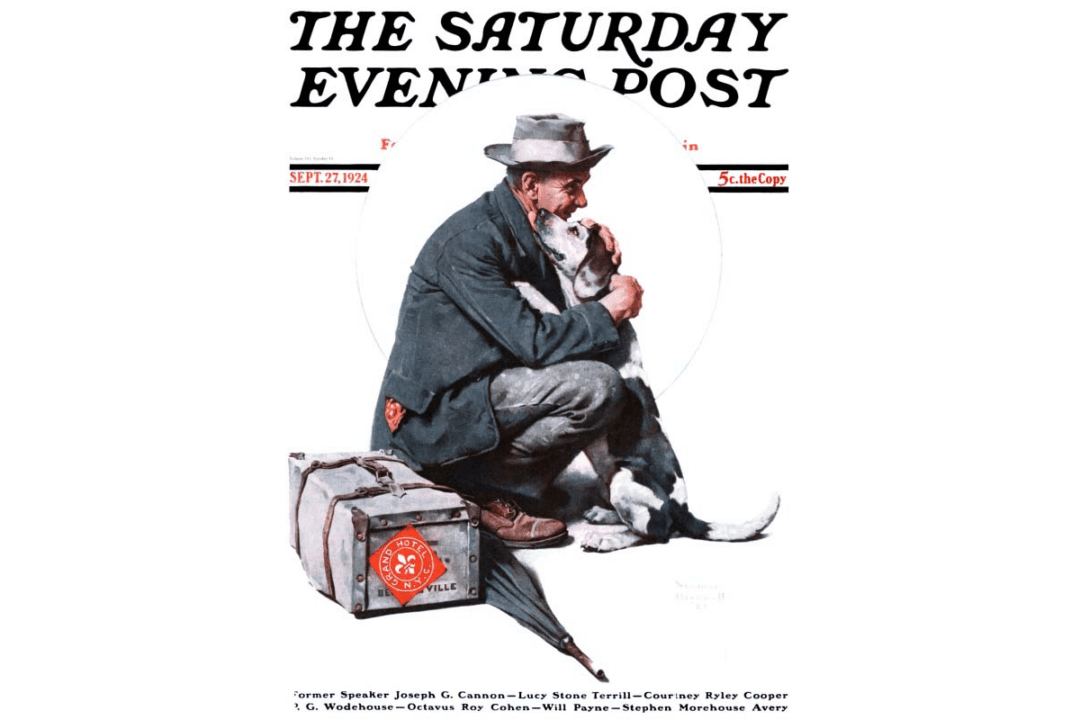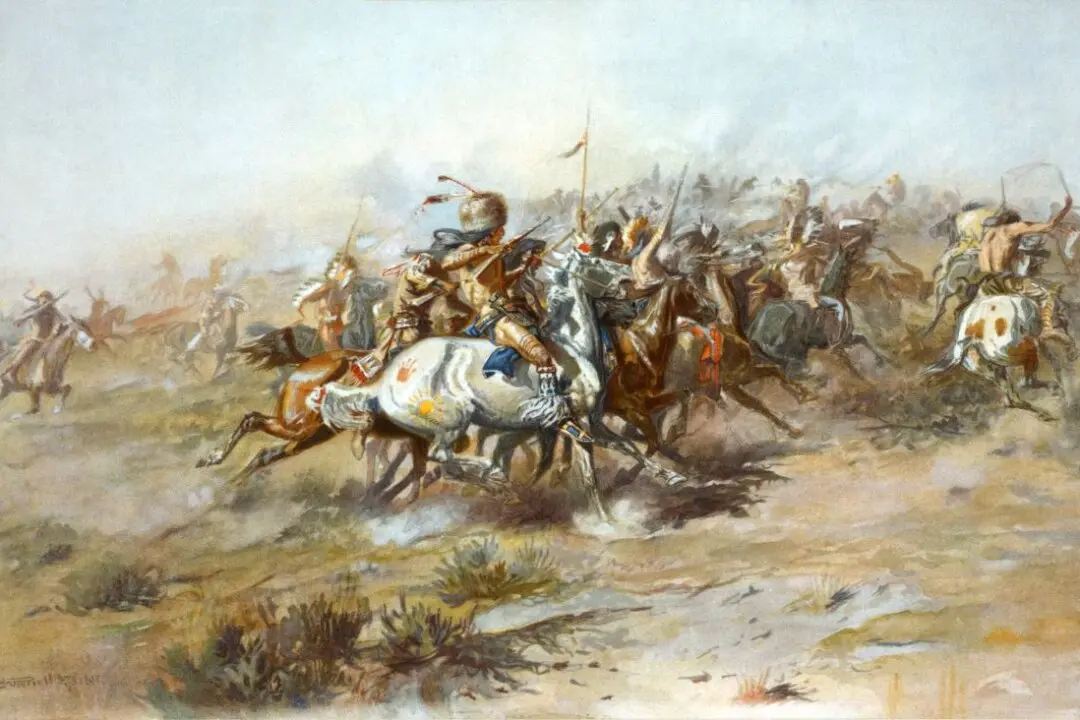One name typically comes to mind when The Saturday Evening Post is mentioned. I’m sure by the time you finished that first sentence, you thought of Norman Rockwell. Open up the homepage of the magazine’s online edition, and you’ll see the famous artist’s face. In fact there is a section on the main page right below “Art and Artists of the Post” that reads, “Norman Rockwell: Learn more about The Post’s most beloved artist.” For good reason, Rockwell’s name is synonymous with the magazine. His works of art, which were on the cover of more than 300 editions of the publication, took on a life of their own.
In 2013, a Rockwell painting entitled “Saying Grace” sold for $46 million. This was a record for an American painting sold at auction. More impressively, some of Rockwell’s work was ushered around the country in 1943 to help raise money for the war effort. His famous “Four Freedoms” paintings raked in $133 million (nearly $2.5 billion today). None of these works were sold, however. The money came from ticket sales in order to just get a glimpse of the paintings.






